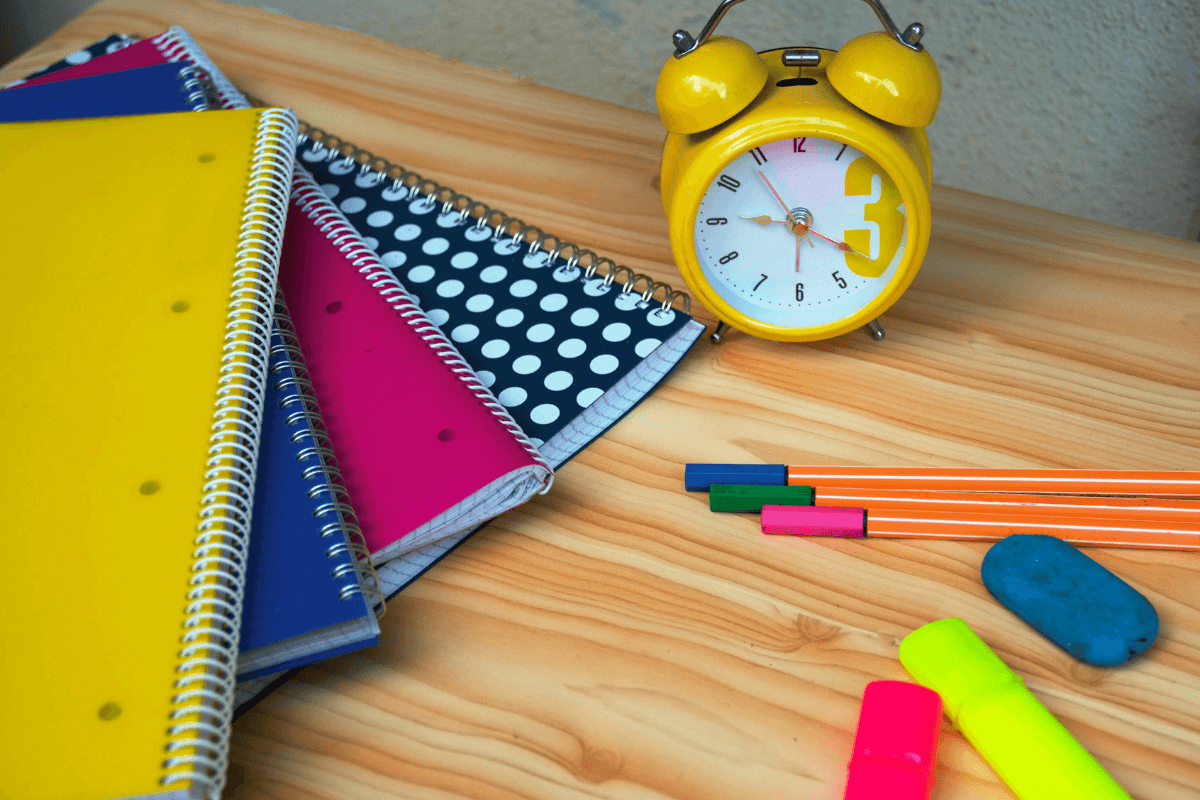As a parent, you want what’s best for your child. You work hard to provide them with everything they need to succeed in life – from a solid education to good moral values. But did you know that family engagement is also one of the most important things you can do for your child? Here are just a few of the many reasons why.
Building Strong Relationships
It is well-documented that family engagement in a student’s education directly correlates with the student’s success in school. When family engagement is well structured, there is an association with higher grades, test scores, motivation, and improved attendance. Family engagement has been shown to provide students with a sense of belonging and purpose and the feeling that their families are invested in their education. In addition, family engagement can help build strong relationships between parents and teachers, leading to better communication and collaboration around the student’s education. When all of these factors come together, it’s clear that family engagement is essential for student success.
When parents are involved and engaged in the school system, they help to create a positive learning environment for their children. Good communication between parents and the school system can help promote family engagement, which is linked to student success in many ways. Students with engaged families are more likely to have higher graduation rates. In addition, they are less likely to be involved in risky behaviours and more likely to have positive relationships with their peers and teachers. Simply put, parent engagement is essential for student success. When parents maintain good communication with the school system, they see students grow in many ways, not just academically.
Working Together
Too often, we see parents struggling with their child’s homework or turning homework time into hour-long painful sessions where they are trying to explain mathematics to their child. What we need is more family engagement when it comes to homework by learning together. Families can provide support and structure for students when it comes to creating a routine and holding them accountable for completing their work. In addition, family members can offer valuable insights and suggestions when it comes to understanding the material. Families can make homework time a more positive experience for everyone involved by working together.
Don’t Panic
When your child comes to you asking for help with their homework, it’s important to try not to panic. Even if you have math anxiety yourself or struggle with spelling, there are ways that you can help your child succeed. One of the most important things you can do is to be involved in your child’s education. Try to create a calm and relaxed environment at home where your child feels comfortable working on their homework, and remember that it’s okay to ask for help. If you’re struggling, reach out to other family members or friends who might be able to give your child the support they need. By taking these steps, you can help your child thrive in school despite any math anxiety you may have.
More Likely To Succeed
Studies have shown that when parents are involved in their child’s education, the child is more likely to succeed. The Ministry of Education recently released information on “Parent Engagement,” which said:
“Parent engagement matters. Study after study has shown us that student achievement improves when parents play an active role in their children’s education, and that good schools become even better schools when parents are involved…”
Dropkick Math Academy also believes that families should be actively involved in their child’s education and offers the opportunity for parents to learn alongside their children. Our Waterloo math services have several benefits. First, it allows parents to see what their child is learning and how they are progressing. Second, it provides an opportunity for parents to ask questions and get clarification on anything they don’t understand. Finally, it builds a foundation for family conversations about math outside of the classroom. We believe that family engagement is essential to a student’s success and are committed to providing resources and support for families who want to be involved in their child’s math education.
As one of the leading math tutoring services, our certified Ontario teachers support learning essential math skills by focusing on relationships and engaging the parent/guardian. Get started today by learning more about our math help services.












